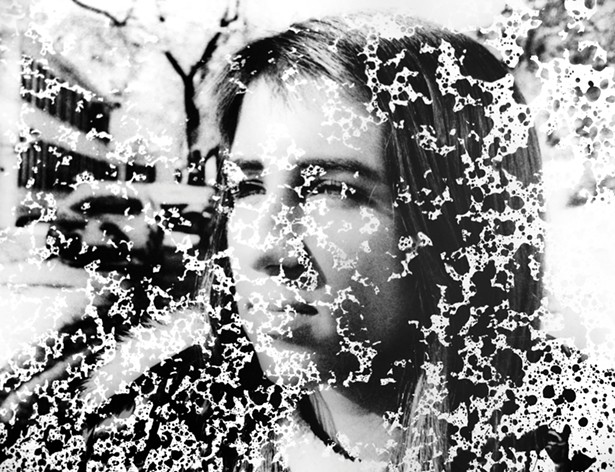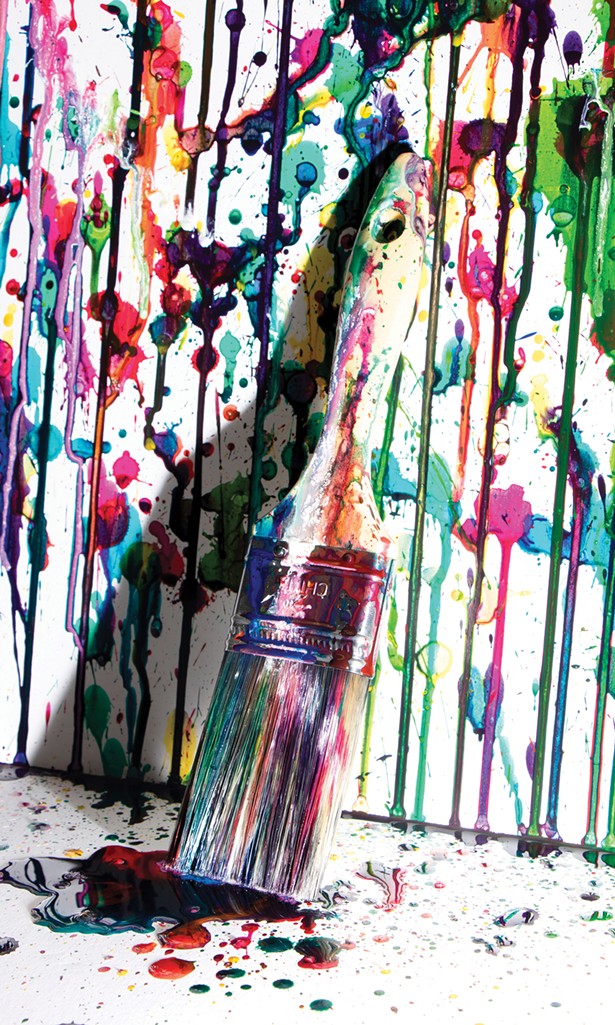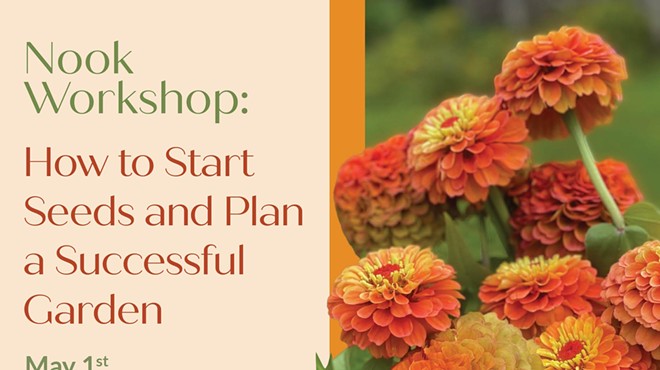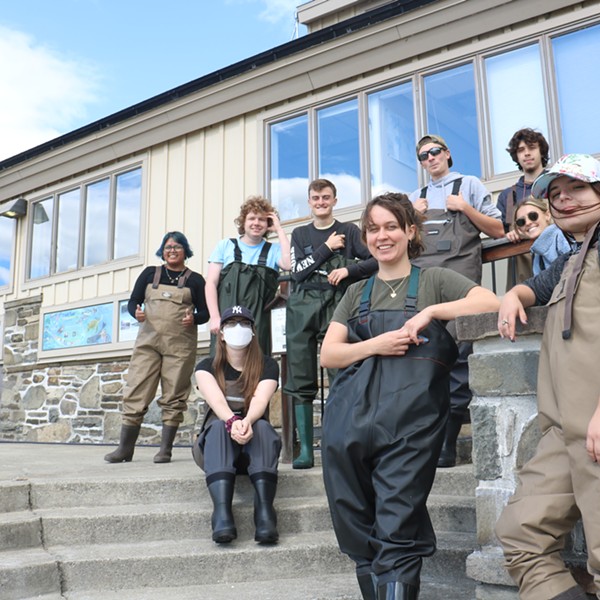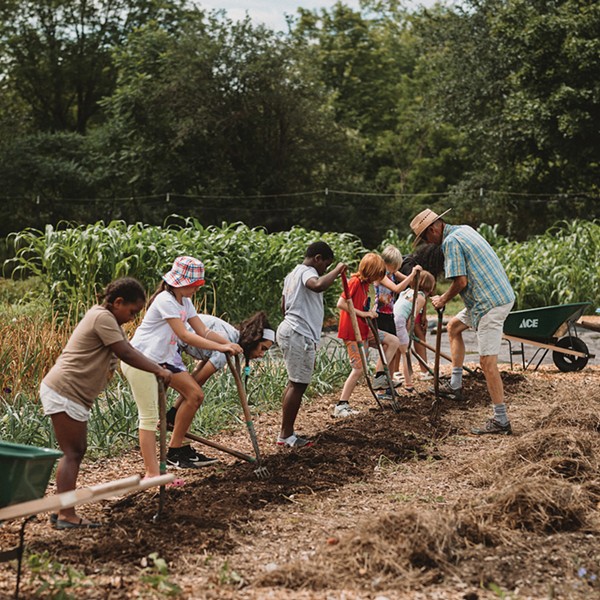Destroying, abandoning, and repurposing are essential parts of making art. In 1970, the conceptual artist John Baldessari burned 12 years of his paintings and baked the ashes into cookies. He called the new work Cremation Project with Corpus Wafers, which is now part of the Hirschhorn Museum's collection. Not all artists destroy their work with such flair, but they all use the foundation of discarded art to build work that is stronger: more curious, more focused, or more complicated. Artists who teach understand the importance of letting go and starting again. They champion drafts and abandoned starts, and they show students that the essence of discarded work is never lost. A student once asked my ceramicist colleague how long it takes him to throw a large vessel. He counted up the time since he learned how to throw on the wheel and responded: "13 years."
When my colleagues and I pivoted to online teaching this spring, we spent little time grieving our old lessons or trying to mimic them through Zoom. We abandoned many of our plans for the spring, knowing that we would stand on their foundation to create a new set of projects and lessons. Make no mistake, adapting art classes for a socially distanced world was at least as hard for art teachers as it was for teachers in other disciplines, and perhaps it was uniquely difficult, given the importance of tactility and presence in the arts. Still, the practice of destroying work and starting again as artists gave art teachers special insight into the task. As we created new lessons, my colleagues and I asked ourselves four fundamental questions.
What Are We Really Teaching?
When a ceramics teacher has to teach without clay, she must ask herself what she is really teaching. In other words, what she has been teaching all this time through clay? For example, her core lessons may be (1) materials awareness, (2) community, and (3) critical thinking. In rebuilding curriculum for distance learning, my art colleagues pursued these goals rather than trying to mimic pre-pandemic lessons. It is better for ceramics students to experiment with a material unlike clay if it engages their connections to community or their critical thinking. For instance, my colleague eschewed teaching salt dough, a mixture of salt and flour that can be fired like clay, in favor of teaching edible doughs, which better facilitate community-building conversations about family, nourishment, and food.
Why Do Students Show Up?
Understanding students' motivations is an essential component in creating effective curricula at a distance. Art teachers know why students show up, and it's not about grades. Students may come to class to express their perspectives and experiences, or they may show up for the opportunity to imagine other worlds. Art teachers have always responded to these needs by making sure that students' work is seen and shared, and by giving students assignments that provide respite from real-life struggles. If coursework in other disciplines is responsive to the class's needs and motivations, students will be likely to show up—and get what they need.
What is the Medium Now?
Singing on Zoom is not the same as singing. As teaching shifted from one new format to another, it seemed like some students were regressing. A confident singer didn't feel as confident on Zoom. His singing ability hadn't changed, but the medium had. Art teachers helped by turning off (or down) the anxieties of a new medium. The music teachers I know gave students focused advice on camera position, eye contact, and white balance to help students feel like the unfamiliar parts of a new situation were taken care of. Similarly, English, history or math teachers probably found that students needed help to develop confidence in new formats for discussion, workshops, or partnered and group work.
How Can Teachers Test and Deploy At the Same Time?
Art teachers are masters of iteration, constantly reflecting and wondering how to improve next year. This past spring, many art teachers taught more new lessons in eight weeks than they do in a typical school year. Time for reflection was hard to come by, and time to adjust or refine didn't exist yet. Art teachers coped by focusing on teacher samples, taking note of how long projects took to complete, and how easy or difficult they were to do, especially when they required materials of any kind that were not provided by the school. Art teachers built empathy in a hurry by being the first "students" to complete the work. This is a good practice for teachers in all disciplines, and even more so now.
Ask an Art Teacher
As school administrators wrap up this period of emergency remote learning, they now have to immediately apply themselves to the task of planning for the unknowns of the fall, once again building new paradigms for teaching and learning in a socially distanced and/or remote and/or hybrid school. Art teachers can be valuable participants and leaders in this process, ready to create new paths forward.
Sarah MacWright is a photography teacher and arts department chair at Millbrook School, a coed boarding high school. MacWright participated in the virtual Chronogram Conversation "Arts Education During COVID-19" in late June.







